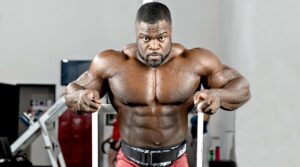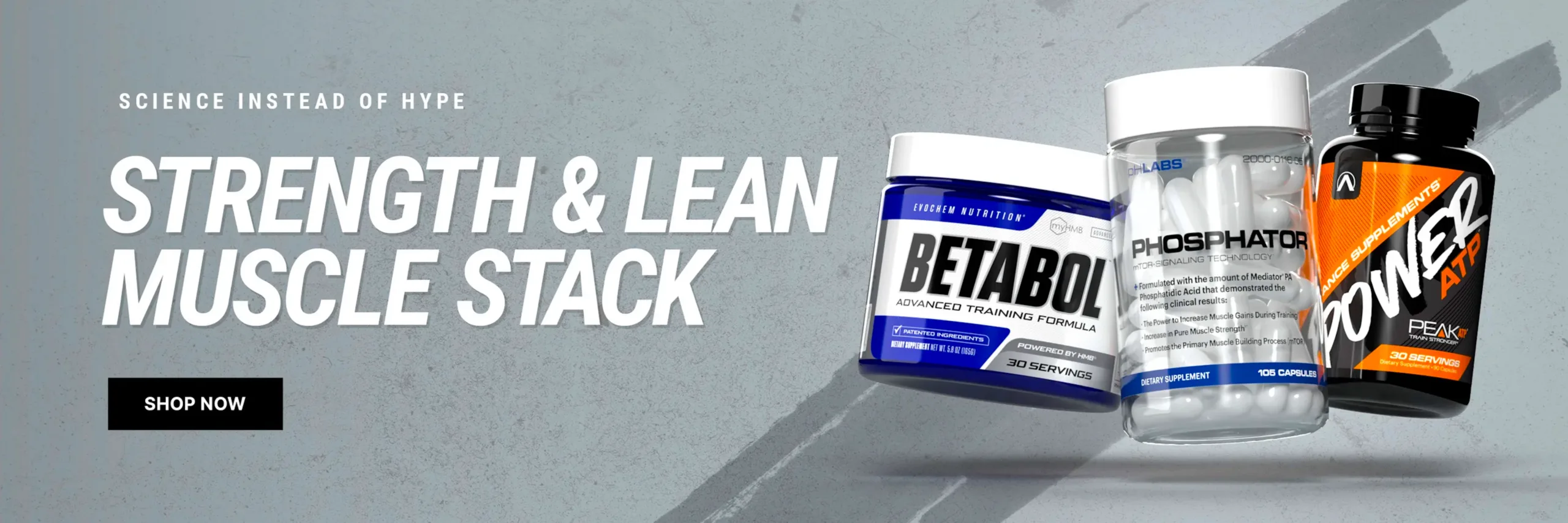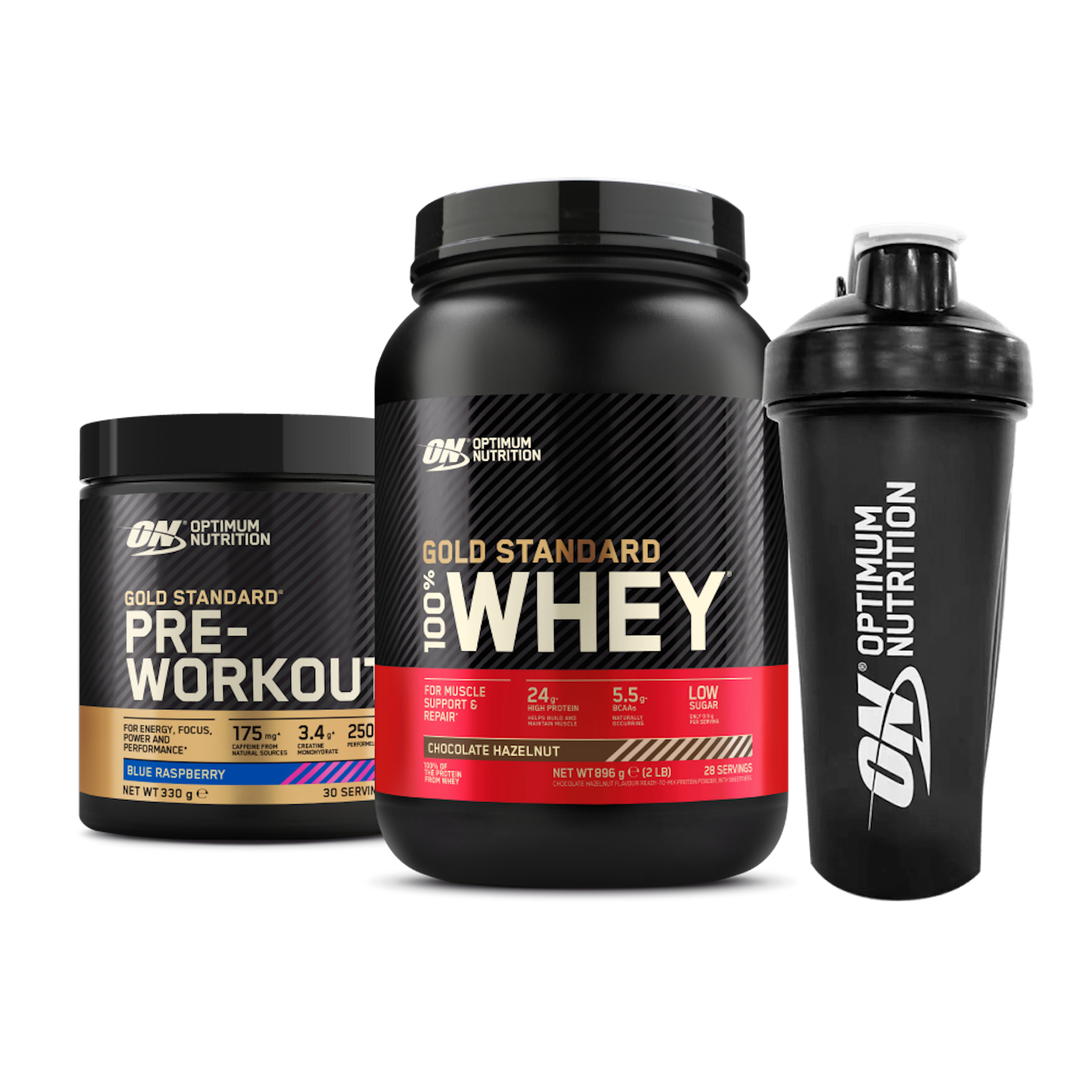Break through your plateau by strengthening your back, shoulders, glutes, and triceps. How much do you bench?
It’s one of those regular questions among gym-bros, something you’re almost guaranteed to get asked if you go to the gym regularly. The classic barbell bench press has always been one of the gym’s glamour lifts, and it’s one of the finest ways to add size, strength, and power to your chest. It’s a move that you inherently know, too, a more loaded version of the exercise you learned when you were younger, the pushup.
But boy, can it be frustrating. If you’ve been going to the gym for awhile, there’s a good chance you’ve hit a so-called “plateau,” and your bench press weight isn’t increasing anymore. This happened to me a few years ago, and I’ll be honest: It was aggravating. I thought I’d been doing everything I needed to build a big bench press but my weights just weren’t going up.
The problem: “I thought the answer to fixing my bench press was doing more bench presses, and it wasn’t. We can get lost cramming massive repetitions of bench presses into our programs, expecting that to help us bust through plateaus, but that’s very rarely the key. Sometimes, the key is utilizing other exercises, strengthening supporting muscle groups to drive your bench press upwards”.
So stop worrying about your plateau for the next month. I’m going to crash you through the movements that pulled me out of my bench press struggles.
Things to Keep In Mind
First, A Chest Anatomy Lesson
Tapping your true pectoral potential starts with understanding the muscle itself. Your chest muscle has two heads, the sternal head, and the clavicular head. The sternal head is the meaty part of the chest that we all associate with a big chest. Both heads insert at the intertubercular groove of the humerus (near the shoulder).
Things are different for each head from there. The clavicular head also connects to the medical clavicle (collarbone). The sternal head, meanwhile, connects to sternal and clavicular cartilage. Both heads combine to move the shoulder joint, flexing it (think of raising your arms overhead) and internally rotating it. The clavicular head is key in that overhead shoulder motion.
The sternal head also assists in shoulder adduction. Think of clapping your hands in front of you, elbows straight. As you bring your arm across your body, you’re adducting your shoulder. This is why dumbbell fly exercises are so good at recruiting that sternal head, even though they leave the clavicular head behind.
Your Chest’s Support Muscles
If you want to move bigger weights on the bench, doing zounds of reps at manageable weight won’t solve the problem. Instead, it’ll lead to the shoulder joint and ligament issues, or maybe even elbow issues.
Good thing so many other muscles are involved in the bench press. Your anterior deltoids (front shoulders) and triceps are both key supporters in the move. Your delts help raise your shoulders away from your torso, essentially getting them in place to hold the bar.
Your triceps, meanwhile, are often the lagging muscle in your bench press. In order to get the weight overhead, the elbow has to unlock, a primary function of the tris. The long head of the triceps also attaches at the scapula; believe it or not, your long triceps head assists in shoulder adduction and can also help you get that weight overhead.
Energy Transfer
Have you ever finished a heavy bench day and wondered why your glutes were sore? Energy transfer matters.
When you bench press, you have five points of contact: Your two feet are planted on the ground, and your head, back, and glutes are plastered to the bench. This setup makes ground contact so you can push the weight up. This setup also means you’re pressing with way more than your chest. Your core is a crucial piece of transferring energy from your feet to your upper body. When the weight is heavy enough, your heels drive into the ground, creating rigid posture all the way up through your core.
The strict form will help you press the weight back up. Without that stability, the bar travels upward in an unpredictable movement pattern. You don’t want that.
Your Bench Press Assist Moves
Barbell Row
Why? Building up those posterior erectors and lats can really assist your pressing moves. The lats attach through the thoracolumbar fascia and have a considerable emphasis on posture. As you extend the thoracic spine to drive your upper back into the bench, you’re engaging your lats. Owning this movement will help your starting position on the bench.
How to: Hold a loaded barbell with an overhand, shoulder-width grip, feet shoulder-width apart, then hinge at the hips, so your torso is at a 45-degree angle with the ground. Keep your core tight. This is the start. Squeeze your shoulder blades, then bend at the elbows and shoulders, rowing the barbell to your belly button; keep your core tight as you do this. Slowly lower the bar to the start. That’s 1 rep; do 4 sets of 10 to 12 twice a week. If you don’t have regular access to a barbell, consider doing dumbbell rows instead (and check out our dumbbell row tutorial right here).
Floor Glute Bridge
Why? As I said, energy transfer is huge on the bench. And your glutes are one of the biggest muscular contributors in the entire body. Keeping them engaged in the bench press provides you with the rigid posture you want when transferring power from your heels all the way up to your system. The glute bridge is excellent for this, essentially finishing each rep in the position you’re in when you’re bench-pressing.
How to: Lying flat on your back, pull your feet back so your legs are at a 90-degree angle. From this bottom position, drive your heels into the ground and push your hips up, extending them toward the sky. While pulling the hips through, you should keep a rigid posture so the focus of the movement is at the hips. Fully extend the hips at the top and hold for a count of 2 seconds. Slowly return back to the bottom position. That is one rep. Complete 4 sets of 15 reps; do this simple bodyweight move frequently, as often as 3 or 4 days a week.
Shoulder Press
Why? Your anterior deltoids are a major contributor to bench press competence, which is why for many people, they’ll often get sore after a bench press workout. Strengthening them has direct carryover to the bench press. If you can’t own the position with your arms in flexion, you won’t be able to bench well.
How to: Stand holding two dumbbells at your shoulders, palms slightly turned to each other; your elbows should be at a 45-degree angle relative to your torso. Keep your core tight, squeeze your glutes, and bend your knees slightly. This is the start. Now press the dumbbells overhead, straightening your elbows and shoulders. Slowly return the dumbbells back to the start. That’s 1 rep; do 4 sets of 8 to 10 reps once a week.
Close-Grip Pushup
Why: Your triceps are critical to bench-pressing, allowing you to lockout at the elbows. They play a secondary role in the bench press, but they play a more critical role if you keep your arms close to your body; suddenly, the elbow lockout is the hardest part and is driving the motion. Working close-grip pushups and close-grip bench presses can really develop triceps power.
How to: Set up in pushup position, with your hands just a little closer than shoulder-width. Keep your elbows facing behind you, and keep your core tight. Keeping your elbows close to your torso, bend at the elbows and shoulders, slowly lowering your chest to within an inch from the ground. Press back up. That’s 1 rep; do 4 sets of 10 to 12 reps once a week. You can also integrate close-grip pushups in a format like the one below.
Dumbbell-Pullover
Why: More posture work. The dumbbell pullover is a game-changer, with a host of pieces that mimics what we look for in good bench press work. This very well may be the exercise you’re missing.
How to: Lie with only your shoulder blades on a bench, feet planted firmly on the ground. Lift your hips and squeeze your glutes, driving your torso upwards so it’s parallel to the ground. Hold a single dumbbell directly over your chest with both hands, elbows bent only slightly. This is the start. Now slowly lower the weight behind your head, stretching as far back as you can comfortably. Pause, tighten your core, then press back up. That’s 1 rep; do 4 sets of 8 to 10 reps.

For more news and updates, follow IFBNewsfeed.Org on Facebook, Twitter, and Instagram.






